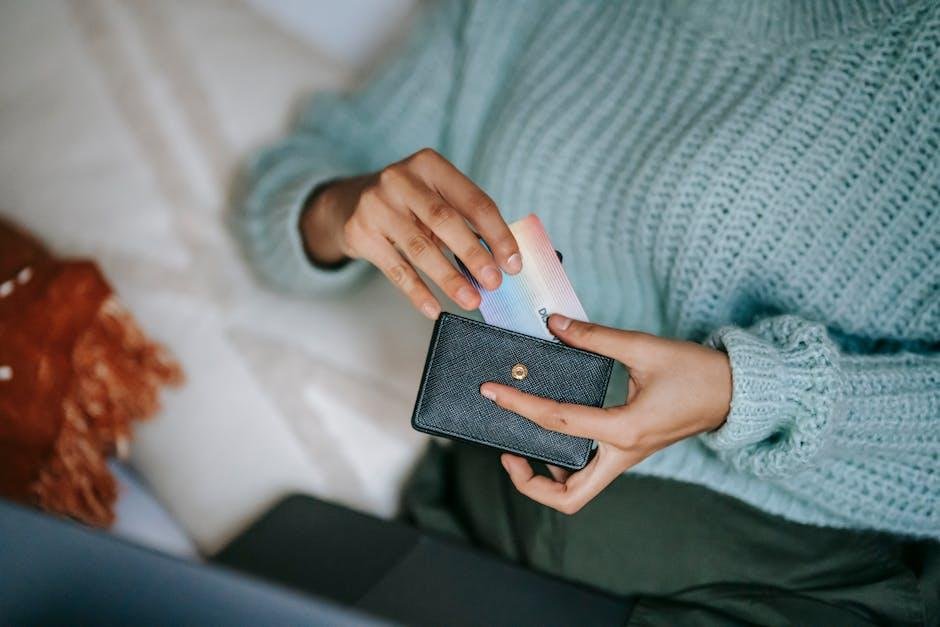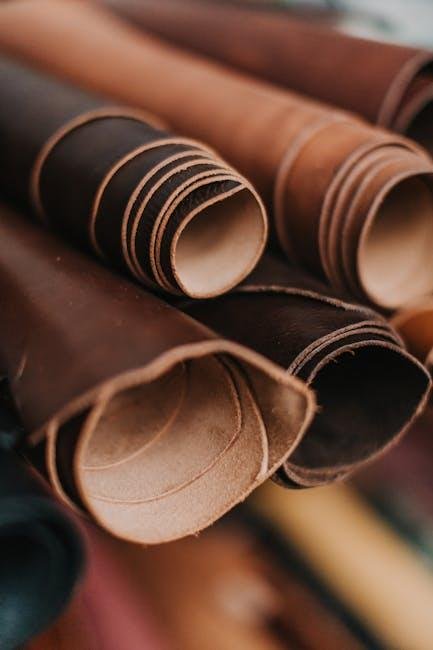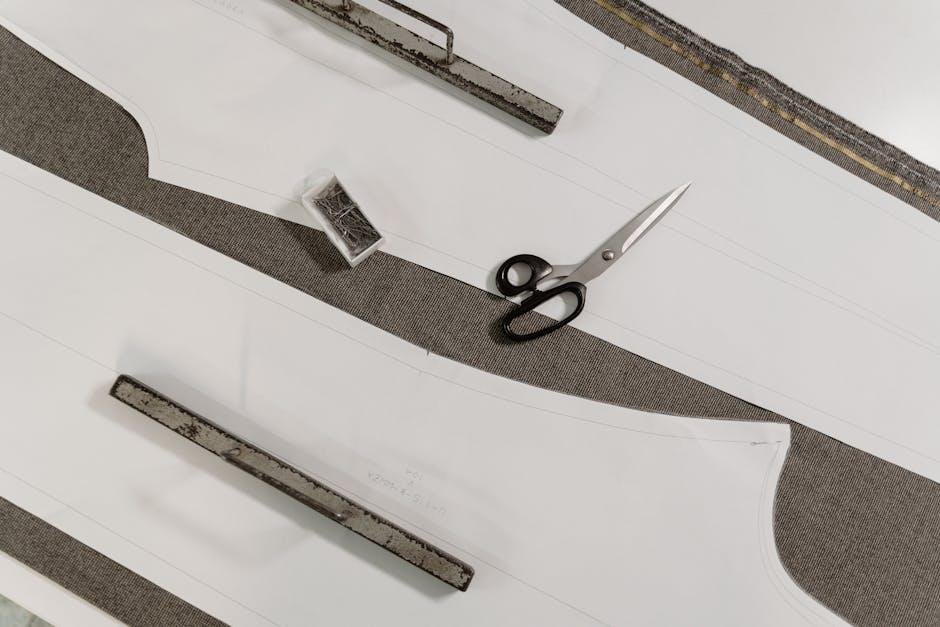Transferring patterns onto fabric is an art in itself, bridging the gap between the imagination of design and the tactile reality of textiles. Whether you’re a seasoned seamstress or a crafty novice, the ability too imprint your ideas onto fabric can elevate your projects from ordinary to remarkable. From intricate motifs to simple shapes, the process of transferring patterns opens up a world of creative possibilities, allowing you to personalize garments and home décor alike. In this article, we will explore various techniques that can help transform your sketches or printed designs into beautiful fabric layouts, ensuring that your artistic vision comes to life with precision and flair. get ready to unleash your creativity as we guide you through the steps to seamlessly transfer patterns onto fabric, revealing the secrets to making your designs a stunning reality.
Understanding Different Transfer Methods for fabrics
When it comes to transferring patterns onto fabric,various methods can cater to different preferences and project requirements. Each technique has its own merits, allowing crafters and designers to choose one that best suits their needs. Among the most popular methods are tracing, stenciling, and printing. Tracing involves placing the pattern beneath a translucent fabric and sketching over it, ensuring precision with detailed designs. For a more structured approach, stenciling allows for crisp edges and repeatable patterns, ideal for creating uniform designs across larger areas. Printing, whether through screen printing or digital means, offers a versatility that can bring vibrant colors and intricate details to life.
In addition to these methods, using tools like transfer paper and iron-on transfers can simplify the process. Transfer paper works by allowing you to draw or print a design on paper that can then be ironed onto fabric,making it great for one-off designs. Iron-on transfers, pre-designed graphics that can be placed directly onto fabric with heat, are excellent for shirts and other fabric items. When selecting a method, consider the fabric type, the complexity of the pattern, and the desired finish to achieve the best results. Below is a comparison of some popular transfer methods:
| Transfer Method | Ease of Use | Best For |
|---|---|---|
| Tracing | Easy | Detailed Designs |
| stenciling | moderate | uniform Patterns |
| Printing | Advanced | Vibrant Graphics |
| Transfer Paper | Easy | Custom Designs |
| Iron-on transfers | Very Easy | Pre-made Graphics |

Choosing the Right Tools and Materials for Successful Transfers
When it comes to transferring patterns onto fabric, selecting the appropriate tools and materials can substantially affect the quality of your final piece. A few essential items to consider include transfer paper, fabric pens, and graphite transfer paper.Each of these options offers distinct advantages. For instance, transfer paper is ideal for intricate designs, while fabric pens can be utilized for freehand drawing, giving you the versatility to add your personal touch. Additionally,adhesive spray can be a game-changer,ensuring that your patterns stay securely in place during the transfer process.
Don’t overlook the fabric type, as it plays a crucial role in your choices. Depending on the texture and weight of your fabric, you may prefer heavier or lighter transfer papers. Here’s a rapid reference table to guide you in choosing the right material:
| Fabric Type | Recommended Tool | Application Method |
|---|---|---|
| Cotton | transfer Paper | Iron-on |
| Denim | Graphite Transfer Paper | Tracing |
| Silk | Fabric Pens | Direct Drawing |

Tips for Achieving Precision and Clarity in Patterns
To ensure patterns are transferred with precision and clarity onto fabric, start by selecting the right tools. Use a lightweight tracing paper to draw or print your pattern. This will allow you to easily see through to the fabric while minimizing any risk of errors. Additionally, consider using a sharp pencil or fabric marker with a fine tip for marking.These tools produce clear lines that won’t smudge, ensuring that your pattern remains intact during the transfer process. It’s also advisable to utilize a ruler or straight edge for geometric shapes to keep lines crisp and well-defined.
Another key to achieving sharp patterns is to secure your fabric properly before starting the transfer. Use pins or weights to keep the fabric taut and flat on your work surface, which prevents shifting and warping.Additionally, keep your workspace well-lit so that you can easily differentiate between your pattern lines and the fabric background. You may also consider employing various methods for the transfer, such as using a lightbox or a window to trace directly onto fabric, providing an excellent guide for accuracy. Remember to take your time during this step; haste can lead to inaccuracies that will detract from the final result.

Common Challenges and Solutions in the pattern Transfer Process
Transferring patterns onto fabric can be an exciting yet challenging process. One common issue encountered is smudging of ink or paint during the transfer, which can ruin the design. To combat this, consider using quick-drying inks or fabric paints specifically designed for the transfer process. Another solution is to apply a light application of fixative before transferring your pattern, ensuring it stays in place without unwanted smears. Additionally,always test your method on a scrap piece of fabric to gauge how the material reacts,ensuring a smooth transfer when you work on the final piece.
Another challenge often arises from misalignment of patterns, which can lead to frustrating results. To ensure precise alignment, it’s beneficial to create a grid pattern on the fabric, marking the starting points for your design accurately.Using low-tack tape can also help hold patterns in place while you work. Keeping a template or a mock-up nearby provides a frame of reference, further aiding in achieving sharp precision. Remember, patience and practice can significantly reduce errors during the pattern transfer process, making your fabric creations more fulfilling.
Closing Remarks
As we reach the conclusion of our exploration into the art of transferring patterns onto fabric, it becomes clear that this process is much more than a mere craft—it’s a gateway to self-expression and creativity. Whether you choose the simplicity of tracing, the precision of stencils, or the excitement of digital printing, each method offers unique possibilities to infuse your textiles with personality and flair.
Remember, the magic lies not just in the final outcome but in the journey of creation itself. Embrace the learning curve, and don’t shy away from experimenting with different techniques, fabrics, and color combinations. Each attempt widens your skill set and deepens your connection to your craft.So gather your tools, unleash your imagination, and let your fabric tell a story that’s distinctly yours.
Thank you for joining us on this creative adventure. We hope this guide inspires you to bring your visions to life and transform ordinary materials into extraordinary works of art. Happy crafting!

